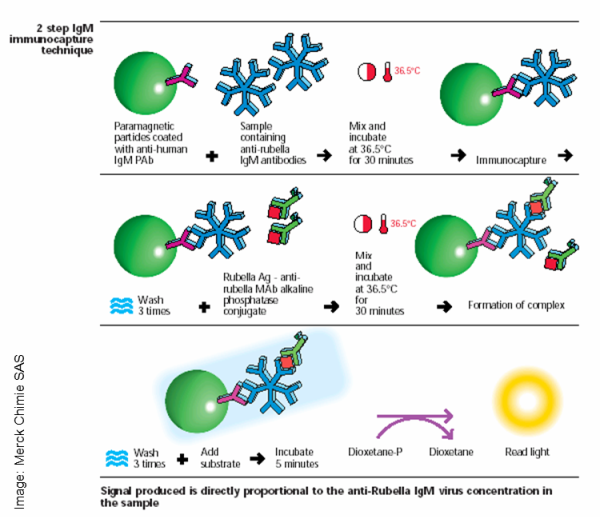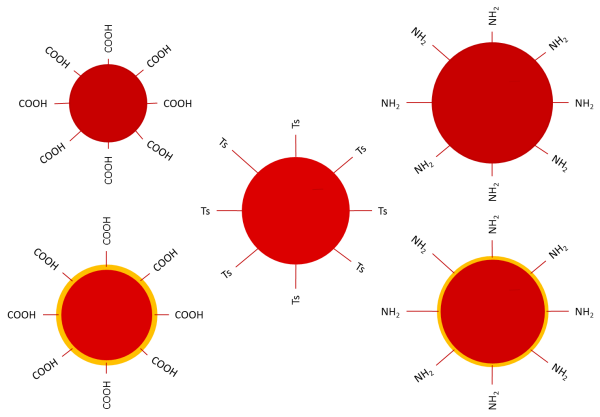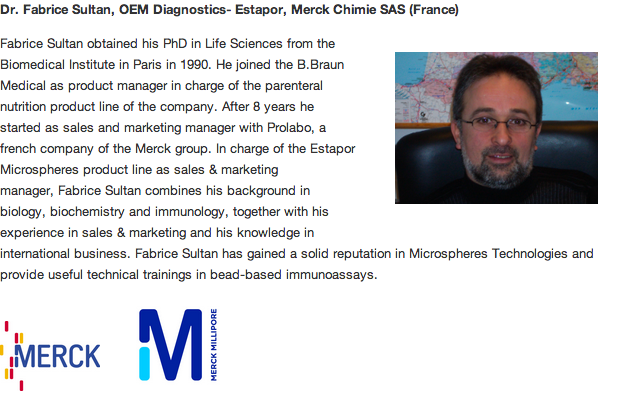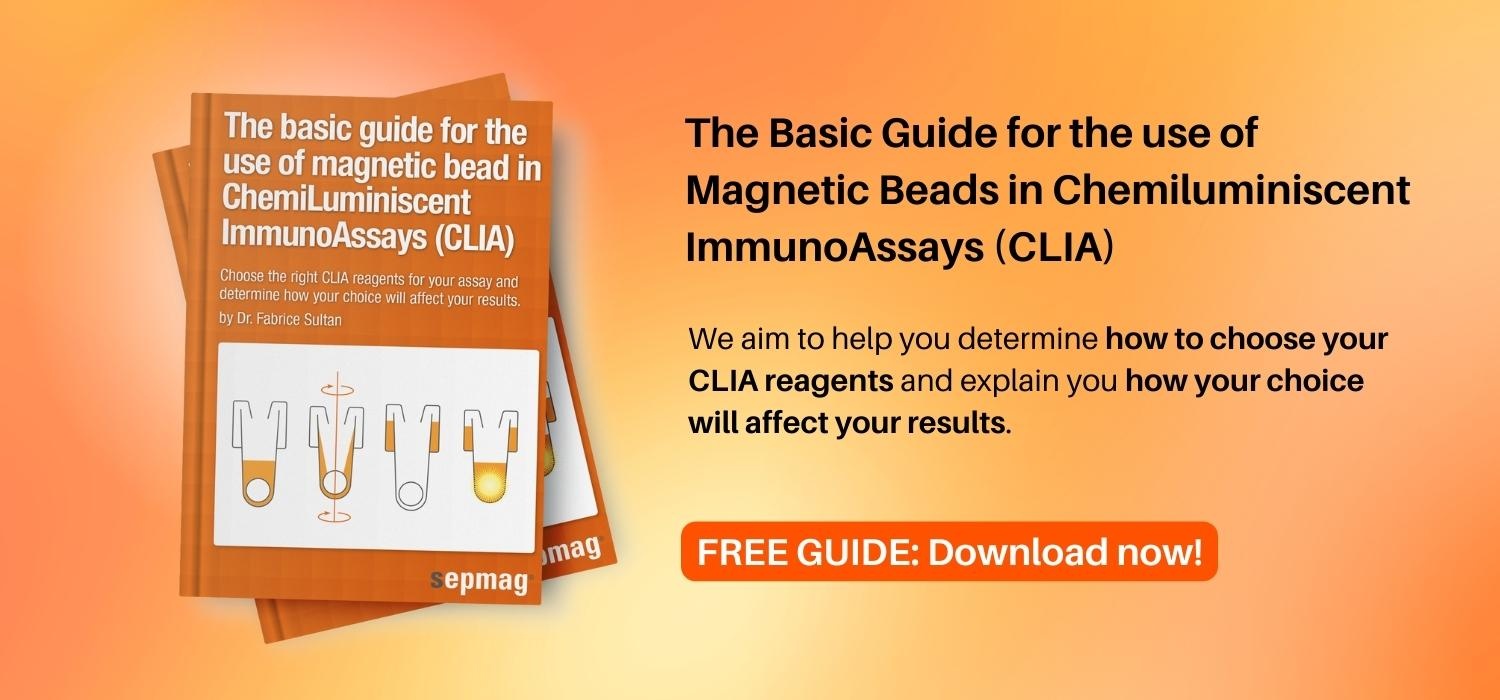Although there are many choices you can make when determining bead surfaces, there are five predominant types of magnetic beads currently used most often by Chemiluminescent Immunoassay (CLIA) companies.

This post is about using magnetic beads, such as streptavidin beads, in Chemiluminescent immunoassays. If you are interested in this topic, download our free ebook The Basic Guide for the use of Magnetic Bead in Chemiluminescent immunoassays:
Although the surface choice is wider (it can be activated by hydroxil, tosyl, cloromethyl or other covalent groups, or bio-activated as streptavidin or biotin magnetic beads), these most popular magnetic bead types are:
1. Surface modified beads with carboxyl (COOH) groups. The beads used are typically 700 nm – 1.2 microns in diameter and are comprised of 35-65% magnetic pigment (by weight).
2. Surface modified encapsulated beads with carboxyl (COOH) groups. These beads are typically 0.9 to 1.4 µm in diameter and, depending on your application, are comprised of 15-50% magnetic pigment (by weight).
3. Surface modified beads with amino (NH2) groups. These beads are 1-2 microns in diameter and typically contain 35-65% magnetic pigment (by weight).
4. Surface modified encapsulated beads with amino (NH2) groups. These beads can be a bit smaller and come in a size range of between 900 nm and 1.8 microns in diameter. The magnetic pigment content range is 35-50% (by weight).
5. Surface pre-activated with tosyl groups. These beads are either 1.1 – 1.4 µm in diameter with a magnetic pigment content of greater than 30% (by weight).

Once again, all options remain viable and available, however 80-90% of all companies that develop CLIAs tend to use beads from the above five categories. These beads seem to have the widest applicability and reliability combined with reasonable cost for the customer.
Don't forget to check these posts from our blog in order to get a deeper insight into Chemiluminescent immunoassays:
- How to Select the Best Surface for Your Chemiluminescent Immunoassays
- Five Points to Consider when Selecting the Proper Magnetic Microsphere for Chemiluminescent Immunoassays
- Three Antibody Choices for Chemiluminescent Immunoassays





